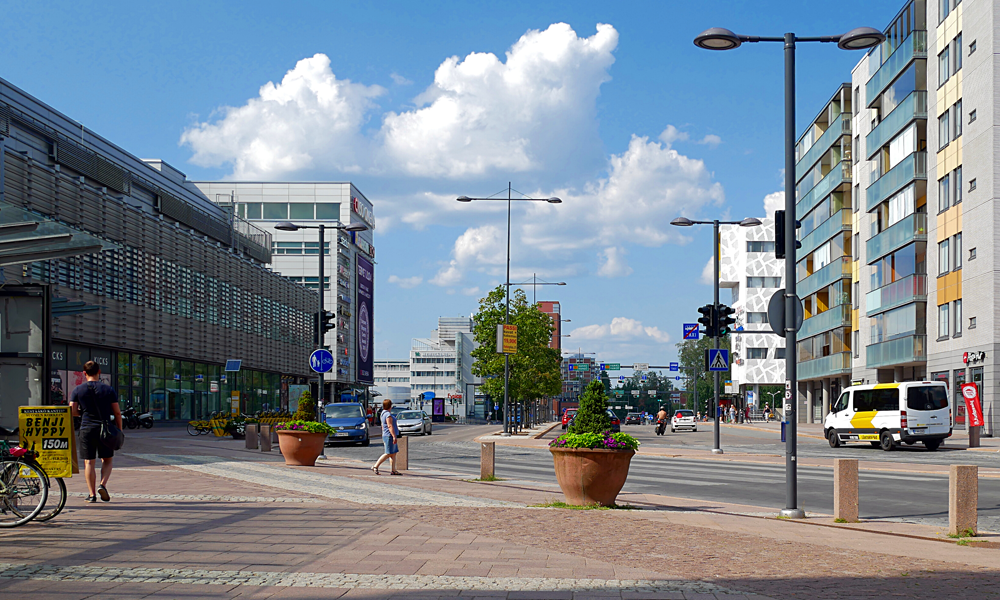Espoo's Pilot City Activity: Espoo Climate Community

©Wikipedia|Drefer|CC by-sa 4.0|2019|Matinkylä in Espoo
Background
Espoo is aiming to become climate-neutral by 2030. To enable systemic transition pathways and tackle cross-sectoral emissions, the city is aiming to build capacities and collaborative model with climate stakeholders (currently 25 partners) and residents. The Climate Leadership Coalition (CLC), Europe’s largest climate business network, is a key Consortium partner that supports this work. The project focuses in the areas of energy, transport, and built environment (including scope 3 emissions).
The pilot activity will address multiple systemic and cross-sectoral barriers in the fields of energy, transport and built environment, by:
- Developing a climate city partnership model in the city: including city departments, partners, and stakeholders systematically through all activities.
- Co-developing cross-sectoral roadmaps to identify transition pathways and tipping points for change related to smart and sustainable energy solutions, the rapid electrification of transport and heat production, the shift to sustainable and active transport modes and low-carbon construction.
- Building capacities and learning by experimenting on inclusive and citizen-centered climate action related to daily mobility choices, accelerating energy investments and savings by private households.
- Building deeper understanding of barriers and opportunities as well as data collection and sharing related to climate investment in Espoo.
Description of Activities
Through cross-sectoral climate neutrality roadmaps, the pilot activity will work on transition pathways to reduce carbon footprint (direct emissions in the city), enhance carbon handprint (innovative solutions first developed in Espoo to cut emissions beyond the city borders) and foster climate heartprint (societal changes to reach climate goals: skills, capabilities, mindsets and actions). The pilot activity of Espoo is based on:
- Building climate city partnerships and collaboration model in a process, starting from Espoo’s Climate City Contract, Climate-neutral roadmap and Finland’s national climate roadmaps for industries.
- Engaging diverse citizen groups in inclusive climate actions through capacity building activities.
- Impact-driven climate investment planning and data development/sharing on green investments in the region between the city and climate city partners.
- Identifying the role of the city as an enabler of catalyst for private sector investment and the shaper of markets through public procurement and investments.
Objective
Espoo’s pilot activity focuses on developing a community-based approach targeting the levers and domains of energy, transport and built environment, to enable the climate transition, joint learning and building new capacities.
Are the pilot activities building upon or part of a previous and/or existing activity?
Espoo has a track record of citizen engagement through initiatives like the Sustainable Espoo Resident Participation Group (2022-23). Additionally, it has collaborated with 19 Finnish municipalities to calculate residents’ consumption emissions (Scope 3). Espoo has developed ecosystems in low-carbon transport, renewable energy, circular economy, and urban solutions through partnerships with local organisations like RAKKE. It has also undertaken projects like Project KETO (2021-23) focusing on green transition and digitalisation.
Espoo has had long-term cooperation with the Climate Leadership Coalition, to enhance public and private collaboration with the aim to decarbonise the Nordic region. Between 2021-2022, Espoo participated as a pilot city in one of the coalition’s projects to calculate the carbon handprint of a city or region.
Which emissions domains will the pilot activities address?
Systemic transformation – levers of change the pilot activities will exploit
Stakeholder types that the city would like to engage in the pilot activities
Transferable features of the pilot activities to a Twin City/ies
Involve the whole city community (business, universities, NGOs, citizens, RTOs) in climate action and exploring the city’s role/possibilities to support climate investment and understanding based on data.
- Co-creation and development of climate partnership model
- Development of climate neutrality roadmap
- Toolbox for citizen engagement (collecting the learnings, insights, and recommendations from capacity building activities and participation experiments)
- Analysis and data of the city’s climate investment barriers and opportunities
- Development of scope 3 emission calculation methods
This answer is not exhaustive and simply an indicative one.
Enabling conditions that will support the successful replication of your pilot activities in the Twin City
The enabling conditions are attitudes and commitment in the public and private local partners to climate neutrality. Network leadership skills in the community are essential in enabling replication.
This answer is not exhaustive and simply an indicative one.
What does the city want to learn from Twin City/ies?
1. Co-creation of cross-sectoral roadmap tackling the barriers and opportunities, and identifying the roles of public and private actors in climate actions.
2. Implementing citizen engagement and learning how to engage all citizen groups, including vulnerable communities that are often not reached by city’s traditional communication channels or events.
3. Learning about citizens skills, knowledge, or motivation to make sustainable transport choices.
4. Tackling scope 3 emissions.
This answer is not exhaustive and simply an indicative one.

